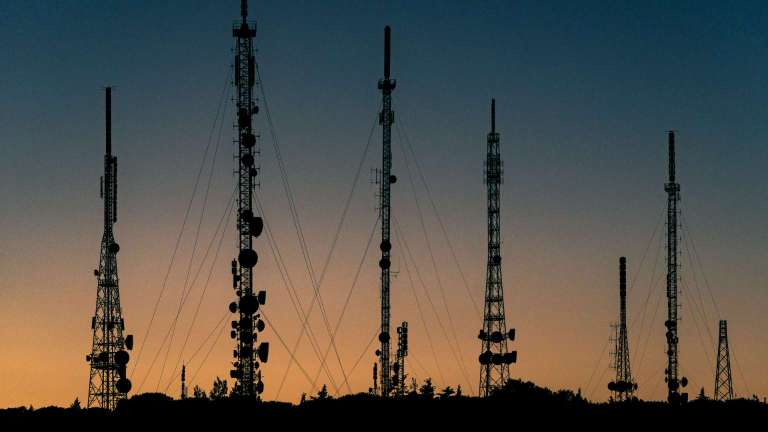AR for Astronauts: Training for Space Exploration on Earth
5 min read
27 Sep 2024
Augmented Reality (AR) technology is revolutionizing astronaut training by providing immersive and realistic simulations of space exploration missions right here on Earth. From extravehicular activities (EVAs) to spacecraft operations, AR enables astronauts to practice and prepare for the challenges of space travel in a safe and controlled environment.
Simulating Space Environments: AR simulations replicate the conditions and environments of space, allowing astronauts to experience microgravity, zero-g environments, and other challenges they will encounter during space missions. By wearing AR headsets and using specialized equipment, astronauts can train for tasks such as spacewalks, docking maneuvers, and operating complex spacecraft systems.
Hands-On Training: AR technology enables hands-on training experiences that immerse astronauts in realistic scenarios and allow them to practice critical skills and procedures. Astronauts can interact with virtual objects, manipulate controls, and perform tasks as they would in space, gaining valuable experience and muscle memory that will be essential for mission success.

Collaborative Learning: AR-based training platforms facilitate collaborative learning experiences that involve astronauts working together to solve problems and complete missions. Virtual team exercises allow astronauts to communicate, coordinate, and make decisions in real-time, simulating the teamwork and cooperation required for successful space missions.
Emergency Response Preparedness: AR simulations prepare astronauts for emergencies that may arise during space missions, such as equipment malfunctions, medical emergencies, or spacecraft failures. By practicing emergency procedures in a simulated environment, astronauts can develop the skills and reflexes needed to respond quickly and effectively to unexpected events in space.
Mission Planning and Visualization: AR technology assists astronauts in mission planning and visualization by providing dynamic maps, data overlays, and 3D models of spacecraft, celestial bodies, and mission objectives. Astronauts can use AR tools to explore mission scenarios, analyze potential risks, and develop strategies for achieving mission goals.
Remote Assistance and Support: AR-enabled devices allow astronauts to receive remote assistance and support from mission control centers and subject matter experts on Earth. Through live video feeds, augmented annotations, and virtual instructions, astronauts can troubleshoot problems, receive guidance, and access resources in real-time, enhancing mission safety and efficiency.
Continuous Training and Skills Development: AR-based training programs support continuous skills development and proficiency maintenance for astronauts throughout their careers. By providing access to a library of training modules, simulations, and scenarios, AR platforms enable astronauts to stay updated on new procedures, technologies, and mission requirements, ensuring that they are always prepared for the challenges of space exploration.
Challenges and Considerations: While AR technology offers significant benefits for astronaut training, it also presents challenges and considerations, including issues related to system reliability, data accuracy, and user interface design. Training developers and operators need to address these challenges and ensure that AR-based training programs meet the rigorous standards and requirements of space agencies.
In conclusion, Augmented Reality is revolutionizing astronaut training by providing immersive, hands-on, and collaborative training experiences that prepare astronauts for the challenges of space exploration. As AR technology continues to advance and become more integrated into astronaut training programs, the future of space exploration looks increasingly promising, with astronauts who are well-prepared, skilled, and ready to boldly go where no one has gone before.
More Articles

Mobile Network Operators (MNO): The Giants Behind Your Mobile Service
7 min read | 24 Sep 2024

Satellite Communications: How They’re Changing Global Connectivity
4 min read | 23 Sep 2024

Optical Fiber: The Backbone of Modern Communication
6 min read | 22 Sep 2024

Telecommunication Technology: Connecting the World Like Never Before
6 min read | 21 Sep 2024
More Articles

The Psychology of Presence: Why AR and VR Feel So Real
7 min read | 26 Sep 2024

AR-Enhanced Storybooks: Bringing Children's Literature to Life
4 min read | 25 Sep 2024

Virtual Renaissance: Reimagining Historical Events with VR
5 min read | 24 Sep 2024

Virtual Reality Fitness: Workouts in the Metaverse
6 min read | 23 Sep 2024
